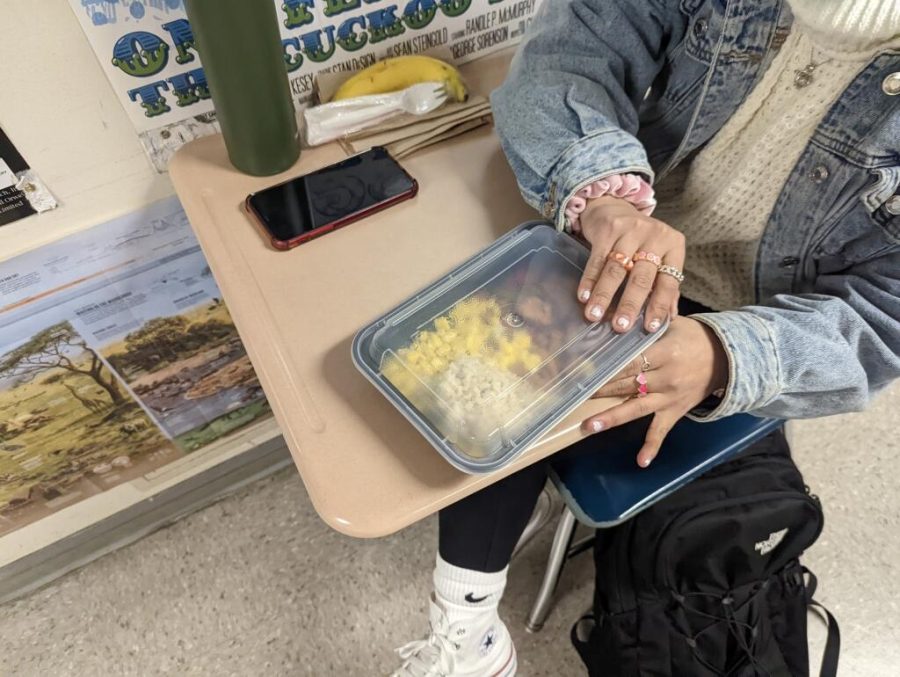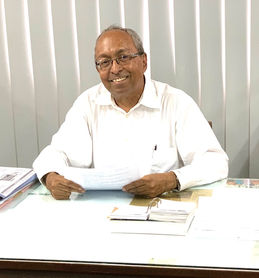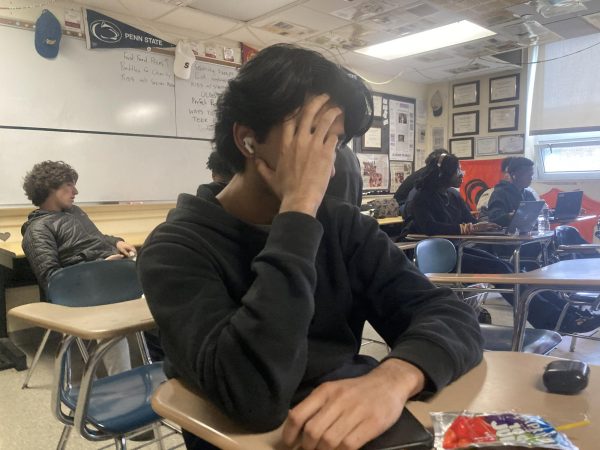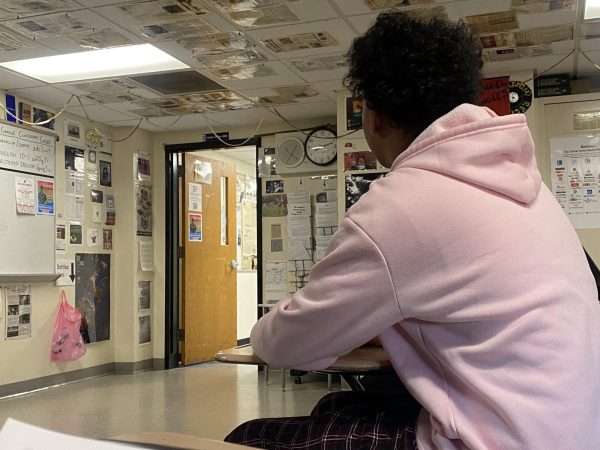Plastic Waste In School Lunch
February 14, 2022
Students at Stamford High School can pretty much agree that every item in the lunch packages, aside from the napkin and food itself, is made of plastic.There are clear thin plastic boxes, used for the sunbutter and jelly sandwiches and turkey wraps, black tupperwares for the hot foods, and thin plastic wrappers for fruits and utensils. When I look in the garbage in the lunchroom and around the school a good amount of the waste is plastic. It’s instances like these that I think about the possibilities of switching from plastic to paper, which I can admit has both its advantages and disadvantages.
A primary advantage of switching to paper would be sanitation, mainly regarding COVID-19. The fact of the matter is that COVID-19 is inactivated faster on paper than on plastic. What this means is that the virus is no longer able to infect. According to Denis Corpet on the Elsevier Public Health Emergency Collection On paper it takes 3 hours for inactivation while on plastic it takes 7 days. Any measures to help prevent the spread is worth taking even if it is something as simple as making a simple switch from plastic to paper. Now these paper packaging are different from the paper boats that were once used. Yolanda told me that they no longer used the paper boats because she claims that students who are unsatisfied with proportions would simply grab food from other boats. This is obviously a sanitary problem that we cannot have. So it is optimal for the paper packaging we use in the future to have folds on the top to shut them.
A disadvantage of making such a switch is cost. The unit price for the plastic packaging for the lunches is 32 cents, while the unit price for paper is about 52 cents, making plastic packaging more cost efficient. According to Yolanda, a member of the cafeteria staff at Stamford High School, there are around 800 lunches made and packaged each day. With a unit price cost difference of 20 cents, packaging 800 lunches with plastic is $256 while packaging with paper would cost $416.
The recycling and garbage process in Stamford is well under control. Stamford sanitation representatives such as Rob, an employee, and Dan, the boss, have informed me that the garbage at Stamford High School is taken to the dump and then shipped to a landfill in Pennsylvania. The recycling is taken to City Karting. At City Karting https://meet.google.com/ekr-wywj-xyk?authuser=0&hs=179&pli=1, all the trash is sorted into the different recycling categories 1-7. The recycling is sorted by hand and then by a machine so it is sorted twice according to the hot line at City Karting. All the recycling and trash is reused, broken down into clean energy, using a clean process. Some of it is broken down in the facility and some is sent elsewhere where they can use it. According to city karting 100 percent of the trash and recycling goes to good use and is very eco friendly. Possibly being made back into what it was before. So in all, either of the choices, paper or plastic, is safe for the environment.
Both options have their pros and cons. Depending on the status of the school and district, the cost difference and the COVID consciousness could be very impactful.














Unknown • Feb 14, 2022 at 3:33 pm
Our parents pay taxes and some of it goes to the school. I think they should switch to paper. Also, I think that they use most of the tax money to buy the newest computers and such when they should be buying a mop to clean the school. They do not mop the gym floors at all if they do, then they need to do a better job.